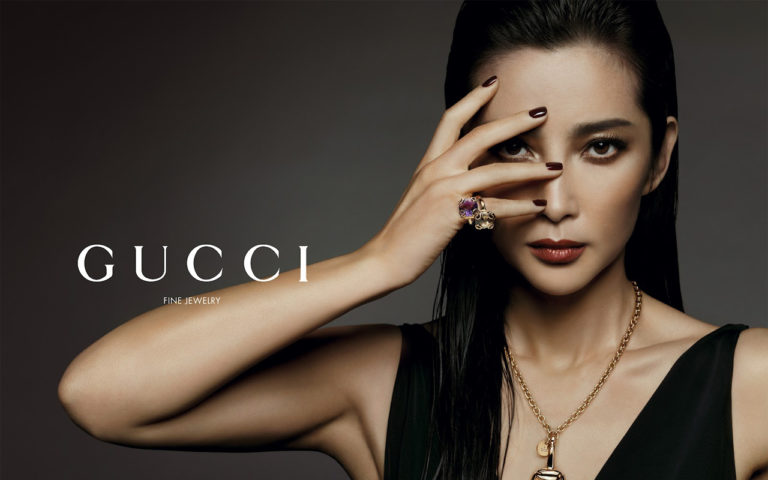Since ancient times Asia have been a source of gems and the knowledge of their uses. They were valued for healing, and for spiritual reasons. Their use as an ornament was of secondary importance. Gems were known to increase the flow of different energies. Individuals would use them both for their own personal uses, and in places where many could benefit from their energies, as in temples dedicated to God.
Gems are the life force of the mineral kingdom. In the ancient texts on astrology, there is information on how the different gems are actually storehouses of the different energies radiated to earth by the other planets in our solar system. They are the means of connection between the earth and the other stars and planets. They are connectors between the physical energies and the subtle ones. Therefore, their usage harnesses specific energies to help in many ways to enhance the overall quality of life.
Every culture has their own rich heritage that have lasted for centuries or have come to an end because of war, famine, or from other causes in their environment. These cultures may have similar beliefs such as different gods or different powers from nature and animals, but something that sets these ancient cultures apart are the meanings behind the different symbols they used to represent different gods and powers that were a part of their belief systems. Three well-known cultures: Native Americans in North America including the Hopi and Navajo; the Egyptians of Africa; and the Aztecs of Latin America used similar metals and gemstones to represent different gods and beliefs.
The Ancient Egyptians used many different symbols as well as rituals as a way to represent and connect with the afterworld. A couple of these symbols came in the form of crosses including the Ankh which means “eternal life.” Drawings and paintings of gods are often seen with this symbol and if they are depicted as holding the ankh symbol to someone’s lips, they are supposed to be giving them the “breath of life.” Another common Egyptian symbol is the Eye of Horus. Often drawn with the goddess, Wadjet, Horus was a sky god that is associated with a falcon.
The Eye of Horus, which is the right eye, was similar to a Peregrine Falcon eye complete with a teardrop marking below the eye. The right Eye of Horus symbolizes healing and protection and the left eye represents the god, Djehuti (Thoth) and the moon. The insect, scarab, was also a symbol and worn as an amulet and jewelry throughout ancient Egypt. The scarab dung beetle has a lot of religious significance for the Egyptians. The scarab represents the sun god, Ra, rolling across the sky each day to symbolize rebirth similar to how the insect rolls dung into a ball for food and for laying eggs inside the ground. Some people wore them for personal reasons, but others wore them for political administration and association or to symbolize different achievements as well. During the era of the New Kingdom from 1550 BC to 1069 BC, scarab amulets were made especially for protecting mummies.


























